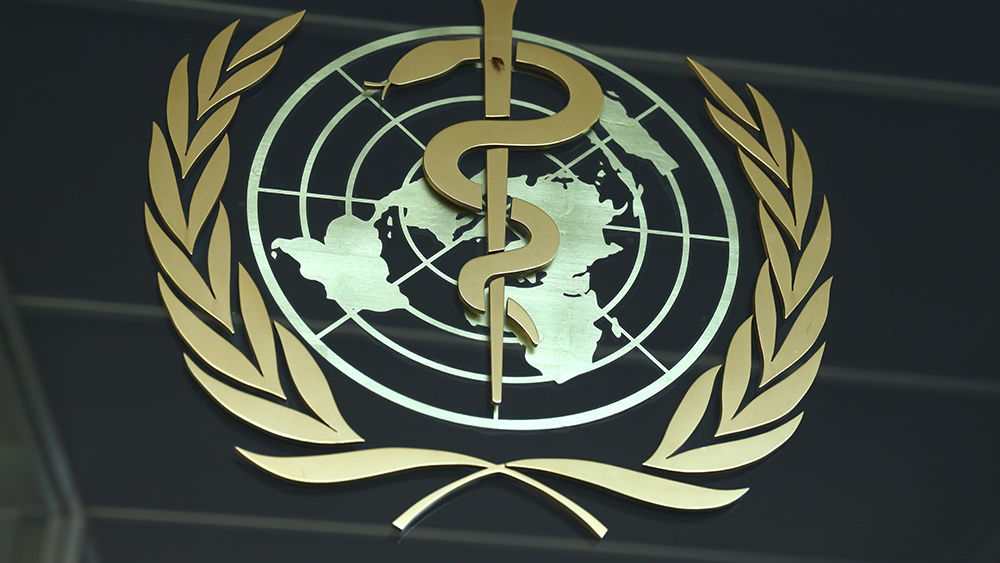
A new study published in the journal Toxicological Sciences discovered microplastics in all 62 human placenta samples tested.
Microplastics, tiny particles measuring a millionth of a gram, are present in virtually everything humans consume, from bottled water to meat and plant-based food and are able to enter the body through consumption of food that has made contact with plastic food packaging as well as through contact with everyday products that contain or are made of plastic.
The researchers, led by Matthew Campen, Ph.D., Regents’ Professor in the University of New Mexico Department of Pharmaceutical Sciences, in collaboration with Baylor College of Medicine and Oklahoma State University, chemically treated 62 placenta samples to break down fat and proteins, extracted plastic particles and analyzed them by heating them to 600 degrees Celsius to understand the types of plastic present. The process reveals concentrations ranging from 6.5 to 790 micrograms per gram of tissue. (Related: MICROPLASTIC INVASION: Researchers find microplastics in human heart tissue.)
After undergoing several processes, the researchers discovered that 54 percent of polyethylene, the same material used in plastic bags and bottles, is present in placental tissue. Meanwhile, polyvinyl chloride, more commonly known as PVC, and nylon each make up around 10 percent and the rest consist of nine other types of plastics.
Campen claims that the increasing volume of microplastics in the environment poses potential health effects.
"Dose makes the poison. If the dose keeps going up, we start to worry. If we’re seeing effects on placentas, then all mammalian life on this planet could be impacted. That’s not good," he said.
The concentration of microplastics in placentas is particularly troubling, he said, because the tissue has only been growing for eight months – it starts to form about a month into a pregnancy.
“Other organs of your body are accumulating over much longer periods of time," he warned.
Plastic pollution's consequences a disaster for humanity
Campen stated that the growing concentration of microplastics in human tissue might explain puzzling increases in some types of health problems, such as inflammatory bowel disease and colon cancer in people under 50, as well as declining sperm counts.
The surge in global plastic production since the 1950s has resulted in metric tons of plastic waste per person on Earth. One-third of the produced plastic is still in use, but the majority has been discarded, finding its way into landfills where exposure to sunlight initiates the breakdown process.
Marcus Garcia, a postdoctoral fellow in Campen’s lab who performed many of the experiments, warns the public about the extensive consequences of this plastic pollution.
"That ends up in groundwater, and sometimes it aerosolizes and ends up in our environment. We’re not only getting it from ingestion but also through inhalation as well. It not only affects us as humans but all of our animals – chickens, livestock – and all of our plants. We’re seeing it in everything,"
However, Garcia said up until now, it has been difficult to quantify how much microplastic was present in human tissue. Campen supported the claims of Garcia and made a similar statement.
"The half-life of some things is 300 years and the half-life of others is 50 years, but between now and 300 years some of that plastic gets degraded. Those microplastics that we’re seeing in the environment are probably 40 or 50 years old.
"It’s only getting worse, and the trajectory is it will double every 10 to 15 years. So, even if we were to stop it today, in 2050 there will be three times as much plastic in the background as there is now. And we’re not going to stop it today."
Visit Microplastics.news for more stories about the prevalence of microplastics and their effects on human health.
Watch the following video to learn more about the disturbing discovery of microplastics inside the human body.
This video is from the Daily Videos channel on Brighteon.com.
More related stories:
Are microplastics invading the male reproductive system?
Microplastics are everywhere, including in New Zealand’s rainfall.
Bottled water found to contain alarming levels of plastic particles, microplastics.
Microplastics pick up pollution, making them even more toxic to humans.
Study: Humans consume over 1,000 microplastics particles every year through TABLE SALT.
Sources include:
Please contact us for more information.




















